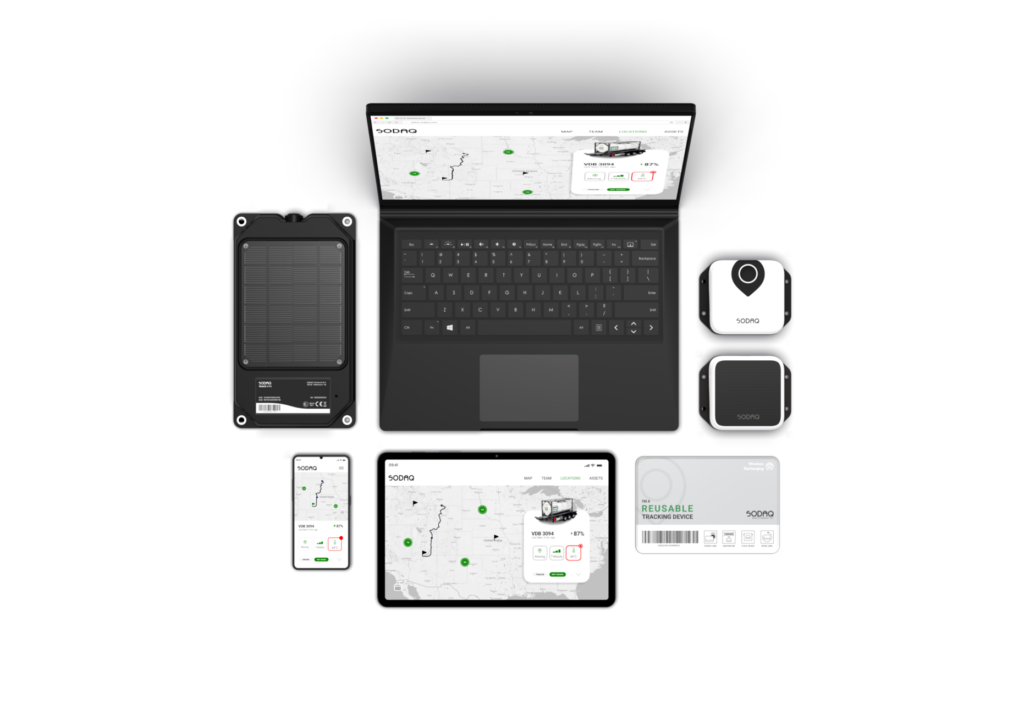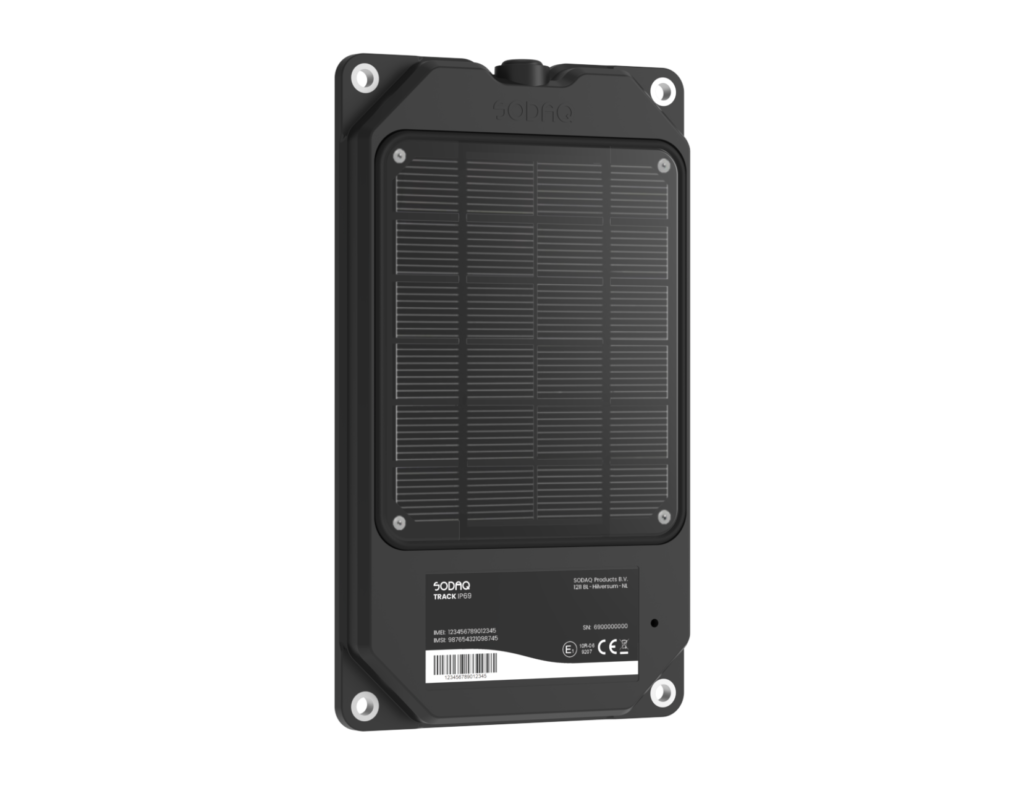Ins and outs of IoT connectivity and security
IoT (Internet of Things) enables organizations to enhance their existing workflows by creating a more connected, accessible, and intelligent system. Connectivity and security are two crucial aspects that play a vital role in the success of an IoT solution. Robust security and reliable connectivity, like those integrated into SODAQ’s tracking and sensing solutions, are essential to ensure the effectiveness, profitability, and sustainability of any IoT deployment. In this guide, we will delve into the topic of IoT connectivity and security, providing you with valuable insights.
What is IoT connectivity?
The Internet of Things is about creating a network of IoT devices consisting of sensors, gateways, actuators, routers, and trackers. As such, connectivity is the most crucial element in building an IoT architecture. IoT connectivity provides the means to exchange data between IoT devices through technologies such as Wi-Fi, 5G/4G/3G, Bluetooth, BLE, Zigbee, LoRa, NB-IoT, etc.
There are different ways IoT connectivity can be established between sensors, nodes, and gateways. Setting up the best possible network architecture for an efficient and robust IoT solution is essential. Connectivity technologies have their own unique qualities that make them suitable for a particular solution. Great examples of this include SODAQ’s TRACK Solar and Active BLE or our extraordinary TRACK Extreme.

Among different parameters of communication technologies, the three most crucial network characteristics to consider are communication range, network bandwidth, and power consumption of the system. So the key to a successful IoT deployment is carefully identifying network requirements and defining the right solution architecture for those needs.
Range of communication:
The area in which IoT devices are laid out defines what should be an ideal communication range for the system or a particular gateway. IoT devices are often at a far range and require wireless connectivity. In such cases, technologies like LoRaWAN, LPWAN, and Wi-Fi can be efficient. Furthermore, keeping the communication range just as much as needed is important because an extended range can lead to eavesdropping and higher energy consumption.
Power consumption:
Most IoT devices operate on battery power to reduce power distribution and installation complexity. Therefore, it is crucial to conduct power calculations to ensure these devices do not require frequent maintenance and can operate continuously without any downtime. SODAQ’s TRACK Extreme serves as an excellent illustration of how SODAQ has achieved this goal. Leveraging our expertise in solar-powered solutions and low power utilization, we have designed the Extreme with an integrated solar panel and supercapacitor. This innovation enables optimal power consumption, minimizing the need for manual maintenance.

Communication Bandwidth:
IoT applications such as real-time streaming can consume a lot of bandwidth as significant data is required to be exchanged. Similarly, one should choose the right communication technology based on the application’s bandwidth needs.
Cost of implementation:
When it comes to tracking a single vehicle with GPS, incorporating GSM connectivity into the device is a sensible choice. However, if there are 50 asset trackers in a warehouse, equipping each tracker with individual internet connectivity would result in unnecessary expenses. In such cases, opting for a central internet gateway is a more cost-effective solution. SODAQ’s TRACK Solar and TRACK Active are excellent illustrations of this approach, as they incorporate WiFi functionality. Therefore, it is crucial to consider the non-recurring engineering (NRE) module costs and recurring internet charges when implementing any IoT system.

While these four parameters are not the only ones to consider, they provide a solid starting point for identifying your network requirements. In addition to these, factors such as compliance needs, scalability, compatibility, and the operational area should also be taken into account when establishing an IoT network. At SODAQ, we ensure that our devices are designed to meet and sustain these requirements.
IoT security concerns and challanges
Connectivity and data exchange form the core operations of an IoT network. Consequently, security challenges pose significant threats to IoT networks. Data confidentiality, identity management, access control, and privacy are crucial aspects of IoT security. Establishing secure communication links is essential for any IoT network to withstand malicious attacks.
To enhance IoT network security, various measures can be implemented, such as end-to-end encryption. This ensures that adversaries cannot breach the data in transit. Employing cryptographic encryption throughout the network communication guarantees security across every layer. The sensitivity of the data may vary depending on the application. Therefore, network administrators must determine whether to trust managed IoT services or invest in a privately-owned network to maintain control and ensure data safety.
Closing statement
At SODAQ, we have already tackled many of these challenges. The success of your IoT implementation greatly depends on the connectivity and security measures of your IoT network. Whether you operate in the supply chain, logistics, agriculture, or any other industry, SODAQ can assist you in building a secure IoT ecosystem. Discover more about our Engineering Services and explore our successful projects by visiting (link to Engineering Page). Alternatively, you can reach out to us at www.sodaq.com/contact/ now to discuss more!